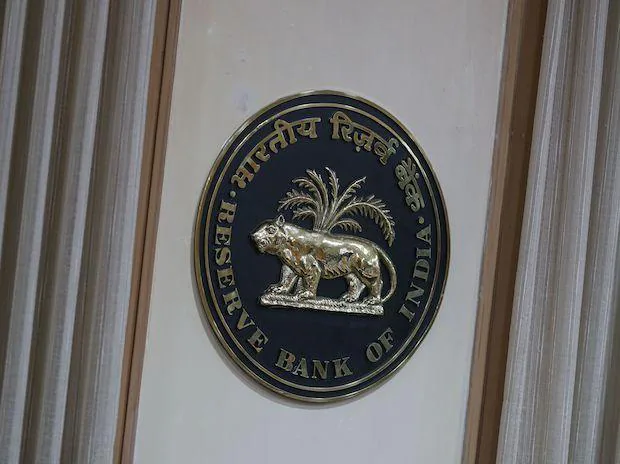[ad_1]
The fall in consumer price index (CPI)-based inflation to 6.7 per cent in July from 7 per cent in the previous month was a “heartening development”, and retail inflation may ease to 5 per cent by the first quarter of the next financial year before hitting the target of 4 per cent, the Reserve Bank of India’s state of the economy report said on Thursday.
The Monetary Policy Committee (MPC) of the RBI has been given the mandate to maintain annual inflation at 4 per cent, with a range of 2 per cent on both sides. CPI inflation had surged to an 8-year high of 7.79 per cent in April.
“Perhaps the most heartening development in recent times has been the easing of inflation in July 2022 by 30 basis points from June 2022, and an appreciable 60 basis points from the average of 7.3 per cent for Q1:2022-23,” the report said. “This has validated our hypothesis that inflation peaked in April 2022,” it added.
The state of the economy report is authored by RBI staff, including Deputy Governor M D Patra. The report does not necessarily reflect the views of the RBI, it said.
The report observed that the easing of supply chain pressures and the recent ebbing of commodity prices are providing some breather from record high inflation.
“…supply conditions are improving, with the recent monsoon pick-up, strong momentum in manufacturing, and a rebound in services. The onset of the festival season should boost consumer demand, including rural, also as sowing activity picks up,” it said.
The central bank has to write a letter to the government if average inflation stays outside the 2-6 per cent band for three consecutive quarters, as that is considered a failure of the MPC. CPI inflation, the main yardstick of monetary policy making, has stayed above 6 per cent since January this year.
As the inflation trajectory has been largely in line with projections, the RBI expects the momentum to ease from 3.0 per cent in Q1 to 1.7 per cent in Q2 and further to 1.3 per cent in Q3 and turn mildly negative in Q4 before picking up modestly and on seasonal food price effects to 2.2 per cent in the first quarter of the next financial year.
“Fortuitously, base effects are favourable all through. If these expectations hold, inflation will fall from 7 to 5 per cent in Q1 next financial year – within the tolerance band, hovering closer to the target, but not yet positioned for landing. This is a decisive point in its trajectory,” the report said.

While noting the falling inflation trajectory, the report cautioned that its persistence at elevated levels warrants appropriate policy responses to anchor expectations going forward.
Since May this year, the MPC has increased the policy repo rate by 140 bps to 5.4 per cent to address inflation concerns.
The report noted that high-frequency food price data for August so far (August 1-12) from the Department of Consumer Affairs point to an increase in prices of cereals, primarily on account of a surge in wheat prices. Pulses prices have registered a broad-based increase while edible oil prices are on a decline.
Apart from increasing interest rates, the central bank has also taken steps to tighten liquidity conditions. As a result, daily average absorption under the liquidity adjustment facility (LAF) moderated to Rs 2.7 trillion during July 16-August 15, from Rs 4.0 trillion during June 8-July 15.
“The Reserve Bank’s forex operations, which mopped up rupee liquidity, also contributed to tightening of liquidity conditions,” it said.
Following the increase in repo rate, banks have increased their lending rates – both repo rate-linked rate and the marginal cost of fund-based lending rate (MCLR). However, the increase in retail deposit rates was much lower in magnitude as compared to lending rates. The report noted that banks have increased the corporate deposit rates to fund their credit growth.
In view of bank deposit growth lagging credit offtake, banks increasingly resorted to CDs (certificate of deposits) for additional resource mobilisation, with outstanding CD issuances amounting to Rs 2.trillion in the fortnight ended July 29, the report said.
“While the median-term deposit rate on retail deposits increased by 14 bps, banks have increased their bulk deposit rates significantly in the current tightening period. If overall transmission to term deposit (including retail and bulk deposits) is considered, it is comparable to transmission to lending rates,” the report said.
[ad_2]
Source link



